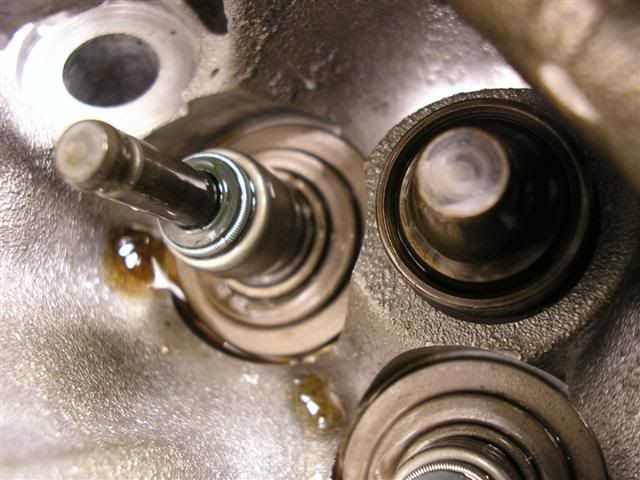Hoping some one on here can help. I've done some research but would like opinions on my specific circumstances.
Car has 78k on it, bnrs4 installed about 10k ago. Running an e30 mix, at 24 to 25psi and Stratified Tune. Recently installed a occ to help with blow by.
Upon deceleration from high speeds, normal deceleration, once you stop you can see a puff of light blueish smoke fly past. Doesn't smoke at idle or during acceleration. Did a compression check all cylinders over 180 psi dry, and 185+ to 210 wet, not sure why the variance.
My research has lead me to believe valve guides on the exhaust side. There is a layer of oil in the hot side IC piping, I haven't checked the rest yet or the turbo. I'm putting a new pcv valve in tomorrow anyway but wondering if anyone had any input before I go any further with a leak down etc.
Sent from my SM-N930P using Tapatalk
Car has 78k on it, bnrs4 installed about 10k ago. Running an e30 mix, at 24 to 25psi and Stratified Tune. Recently installed a occ to help with blow by.
Upon deceleration from high speeds, normal deceleration, once you stop you can see a puff of light blueish smoke fly past. Doesn't smoke at idle or during acceleration. Did a compression check all cylinders over 180 psi dry, and 185+ to 210 wet, not sure why the variance.
My research has lead me to believe valve guides on the exhaust side. There is a layer of oil in the hot side IC piping, I haven't checked the rest yet or the turbo. I'm putting a new pcv valve in tomorrow anyway but wondering if anyone had any input before I go any further with a leak down etc.
Sent from my SM-N930P using Tapatalk










